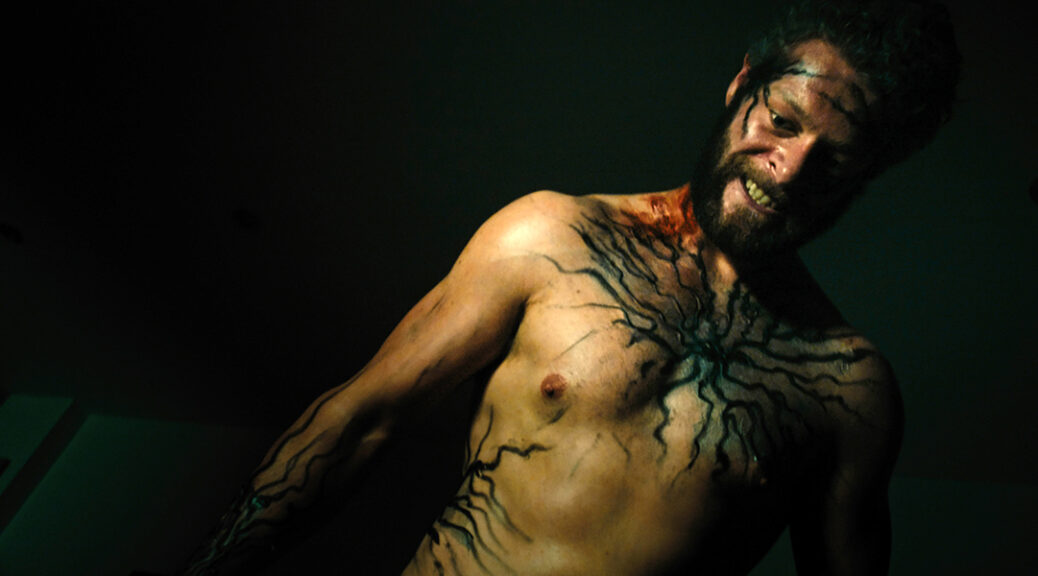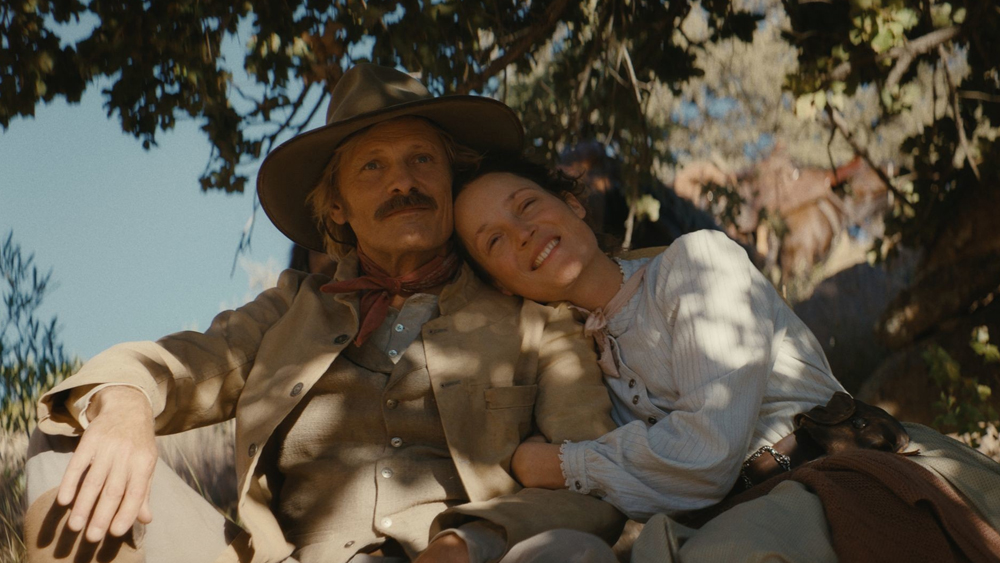Night Call
by Brandon Thomas
There’s something inherently satisfying when the everyman gets sucked into extraordinary circumstances. We all knew that Rambo wasn’t going to get killed by the bad guy. John Wayne didn’t get offed in a movie until near the end of his movie-making career. Did that necessarily dampen my enjoyment of any of those movies? Nope! However, it’s equally gratifying to see an Average Joe like John McClane drop Hans Gruber off of Nakatomi Tower.
College student Mady (Jonathan Feltre) spends his nights working as a locksmith to make ends meet. It’s a thankless job that puts him into contact with people in stressful situations and short tempers. Being the nice guy that he is, Mady bends protocol ever so slightly when opening an apartment for Claire (Natacha Krief). As Mady waits in the newly unlocked apartment for Claire to pay him, the real resident arrives and is none too pleased. From that moment on, Mady’s night turns into a break-neck race for survival.
Action movies are all about energy. The best of the bunch (think Die Hard, First Blood, Hard Boiled) are symphonies of exciting sequences. Even their quieter – character based – moments can get the blood pumping. Night Call director Michiel Blanchart understands this and barely gives the audience any breathing room for 97 minutes. Given that this isn’t a big-budget film, Blanchart leans into character and clever plotting to wring out every ounce of tension that he can. That said, there’s still a pretty gnarly car chase and a few brutal fights.
Mady might be an everyman but he’s not without agency. The character is willing to do whatever it takes to survive. The audience is right there with Mady and his frustration and anger at being sucked into a situation that has nothing to do with him. The script – and Feltre’s performance – never questions Mady’s intelligence or drive. It’s a breath of fresh air in an era where a lot of action movies like to take the piss out of their leading men.
Night Call is Blanchart’s first feature-film and it’s one hell of a debut. From delivering a tight script, to knowing how to shoot and edit action that flows, Blanchart has shown that he understands the nuts and bolts of action cinema.
While it might not even match the catering budget of the latest Bond film, what Night Call has unquestionably is a copious amount of energy and creativity.













